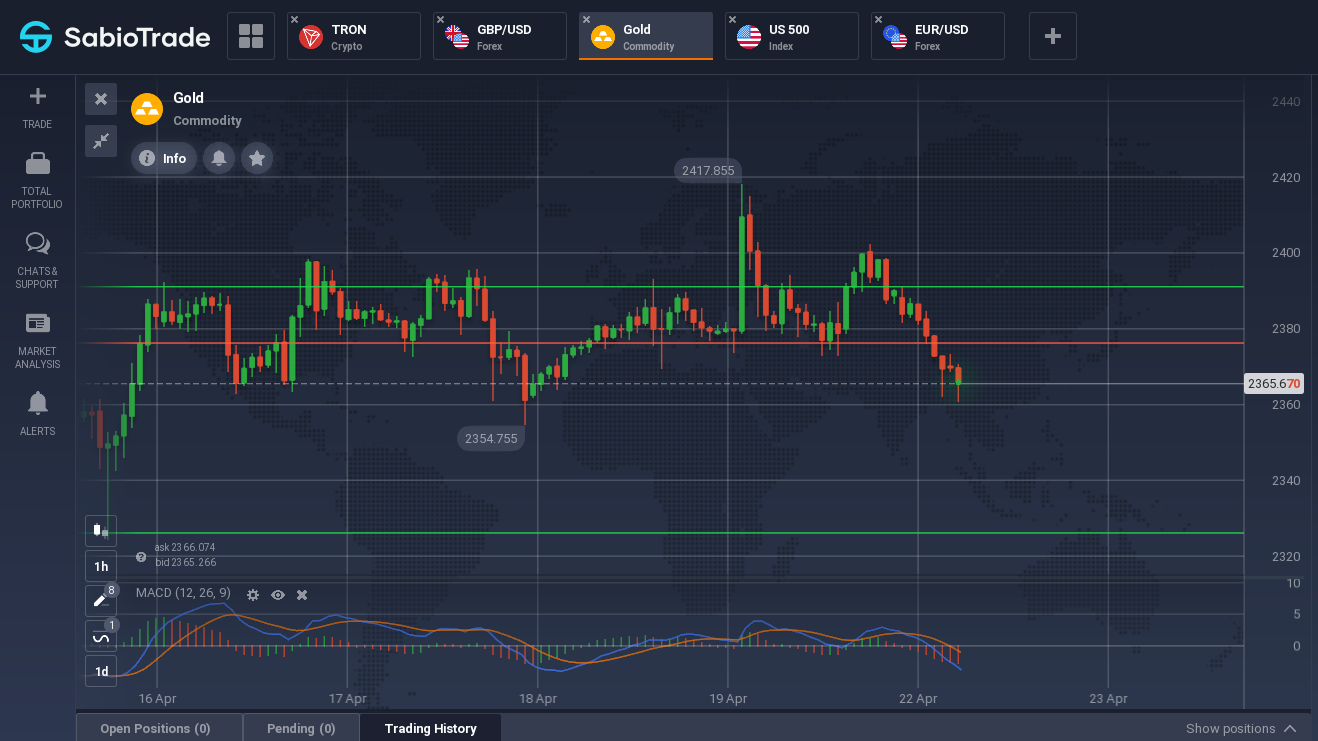Gold Prices Dip Amid Easing Middle East Tensions



On Monday, gold prices saw a decline as the easing tensions in the Middle East reduced the metal’s allure as a safe haven. Spot gold decreased by 0.9% to $2,369.97 an ounce by 0451 GMT, while U.S. gold futures dropped 1.2% to $2,383.80. This downturn followed a recent peak where gold almost reached a record high, hitting $2,417.59 in the previous session, close to the April 12 record of $2,431.29. Kelvin Wong of OANDA noted a diminishing impetus for further price increases, attributing this to a growing market awareness of the higher costs associated with holding gold.
In the broader financial markets, Asian equities regained some ground and bond yields increased, diminishing the attractiveness of gold, which does not yield interest. The benchmark 10-year U.S. Treasury yield was up, last recorded at 4.6599%. Despite the lessened immediate geopolitical concerns, Wong suggested that the geopolitical risk premium on gold could remain elevated over the medium to long term due to ongoing uncertainties in the conflict between Israel and Hamas. In economic news, Austan Goolsbee of the Chicago Federal Reserve indicated that efforts to reduce inflation have plateaued this year, supporting the stance that interest rates may need to remain high for an extended period to manage inflation. This environment tends to make gold, which is non-yielding, less appealing as an investment compared to interest-bearing assets.